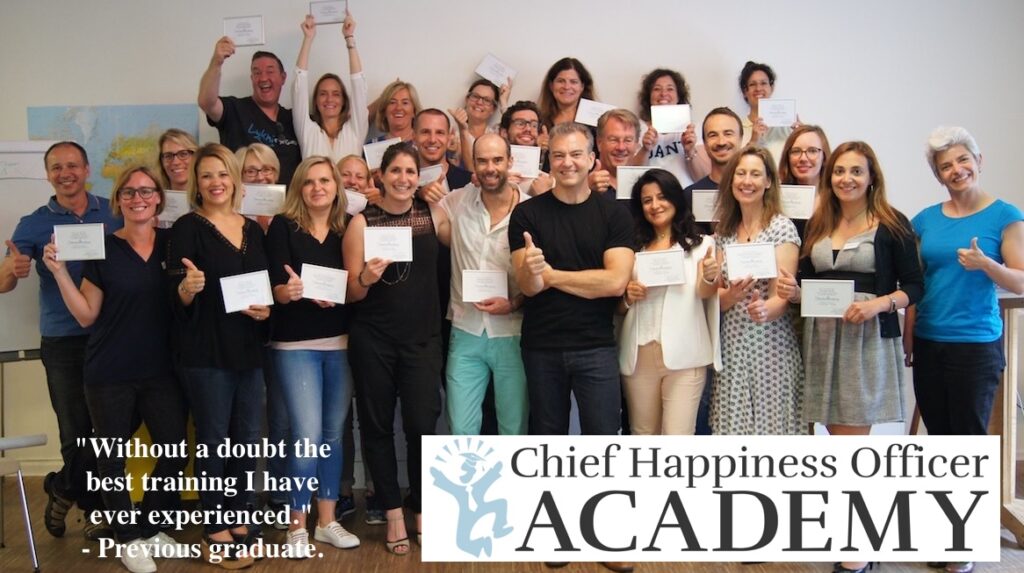Stephen Denning was faced with a task, which I do not envy him: He was charged with implementing knowledge management in huge and very conservative organization (the World Bank) which so far had not considered itself in the knowledge business.
This book is the story of how he did it – using stories. He found that whenever he used “traditional” presentations to present the idea of knowledge management and the changes necessary to implement it, he got nowhere. People were skeptical. However, when he used stories to convey the message, people’s attitudes changed, and they became much more positive.
(more…)
